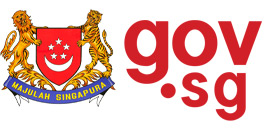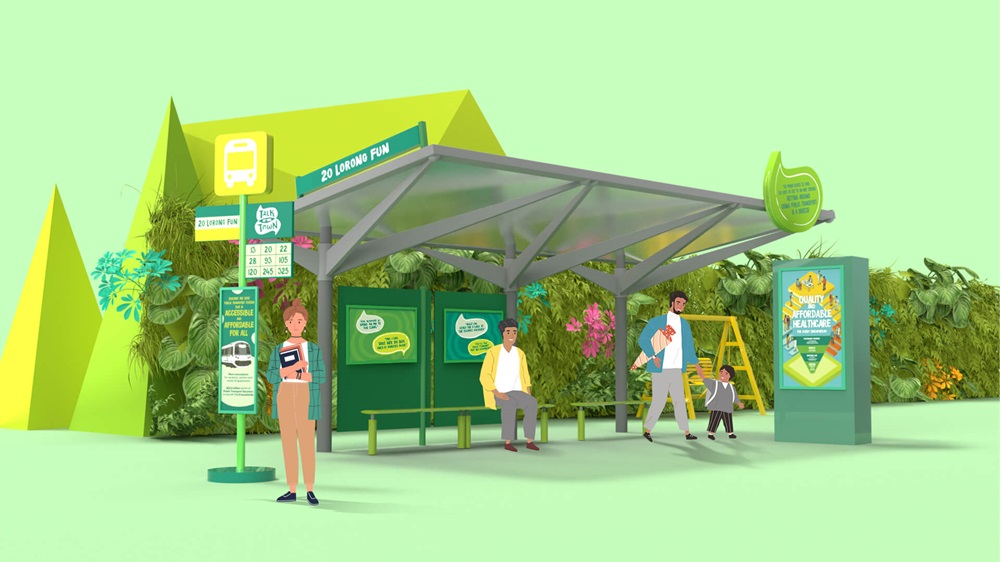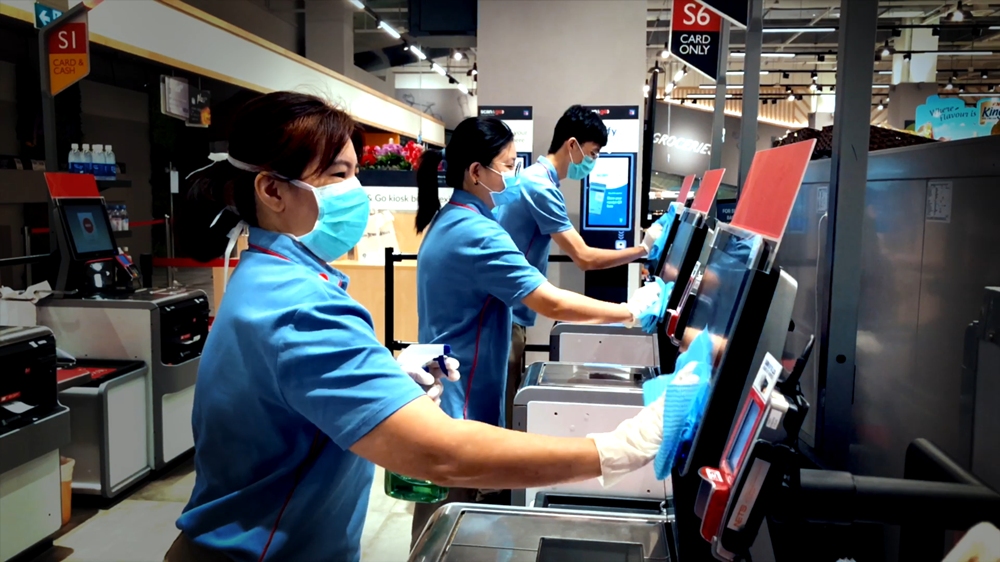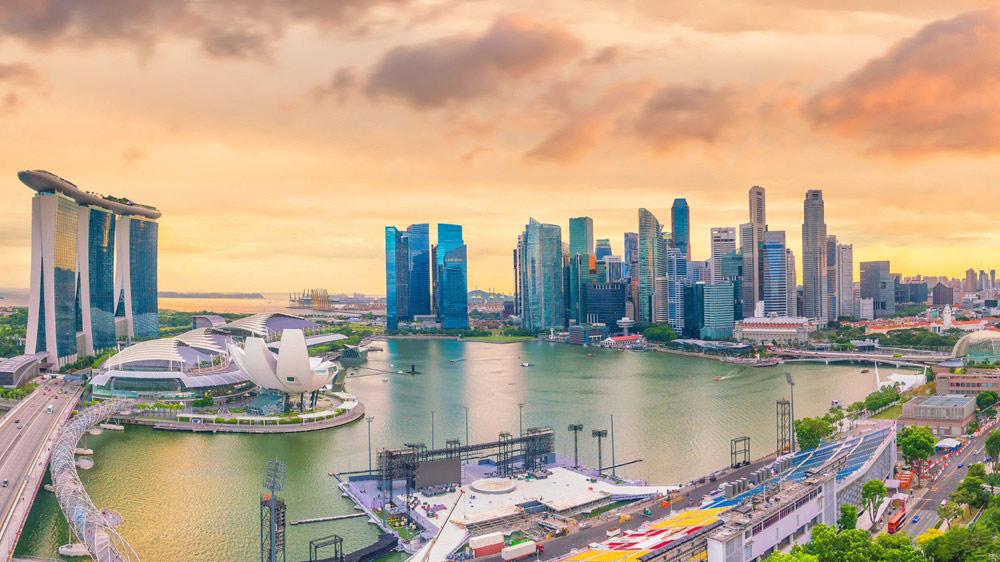

[Updated as of 29 Aug 2020]
With the re-opening of Singapore’s economy and society, more activities and close contact amongst people, including on public transport, are to be expected. In light of this, a distinction will be made between use of face shields and masks.
This will be a change from during the circuit breaker, when face shields were allowed to be worn in place of masks.
Masks are now the default
From 2 Jun 2020 onwards, all must continue to wear masks outside their homes. The use of masks that closely and completely cover the nose and mouth will be required as a default.
Why so?
COVID-19 is spread predominantly through droplets. The design of face shields typically leaves a gap between the face shield and the face. Masks that are worn closely and completely over the nose and mouth do not have such gaps.
Face shields allowed only for specific exempt groups or settings
In some situations where the wearing of masks may not be practical, face shields may be worn. They must be worn properly so that a face shield covers the entire face, from the forehead to below the chin, wrapping around the sides of the face.
Groups that can wear a face shield:
- Children twelve years and below, who may have difficulty wearing and keeping face masks on for a prolonged period of time;
- Persons with health conditions that may result in breathing or other medical difficulties when a mask is worn for a prolonged period of time; and
- Persons who are speaking to a group in a classroom or lecture-style setting, where they largely remain at the spot from which they are speaking, and are able to maintain a safe distance away from any other persons.
Situations that are exempt:
Currently, persons doing television broadcasts are exempted from having to wear face masks or face shields. This exemption will continue, provided that such activities are done in a safe and controlled environment.
Face shields may be worn on top of masks
In certain settings, face shields may be worn on top of a mask to provide additional protection. Wearing a shield can help to protect one’s eyes from droplets that may contain virus particles, and can also prevent the mask from getting wet. Wearing a face shield may also help prevent people from adjusting their masks or touching their faces.
Makeshift coverings should not be used
There have been recent queries on the efficacy of makeshift coverings such as bandanas, scarves, and neck gaiters in preventing disease transmission. As these makeshift coverings may not have a good fit around the person’s nose and mouth and are made from materials that are not specific for disease prevention, they may not perform as well as purpose-built masks.
To ensure transmission rates in the community are kept low, it is critical for every member of public to put on masks that are designed or made specifically to prevent disease transmission. A mask should be worn such that it closely and completely covers the wearer’s nose and mouth, without leaving a gap between the mask and the face. Therefore, face coverings such as neck gaiters, bandanas, scarves, or handkerchiefs should not be used.
Continue to stay home, stay safe
All are still advised to stay at home and avoid going out where possible.
Those who need to go out should continue to wear masks and take preventive measures such as hand hygiene and safe distancing to help reduce and prevent the spread of COVID-19.
Flexibility in enforcement will continue for groups that may have difficulties wearing a face mask or shield. These include children with special needs and young children aged two and above. In particular, mask-wearing is not recommended for young children below the age of two for safety reasons.
As more activities and services gradually resume, all should play their part by wearing masks, observing good personal hygiene, and adhering to safe distancing and safe management measures.
Read more on the guidance for uses of masks and face shields here.
Read more on the guidance for makeshift coverings here.
We use cookies to tailor your browsing experience. By continuing to use Gov.sg, you accept our use of cookies. To decline cookies at any time, you may adjust your browser settings. Find out more about your cookie preferences here .
